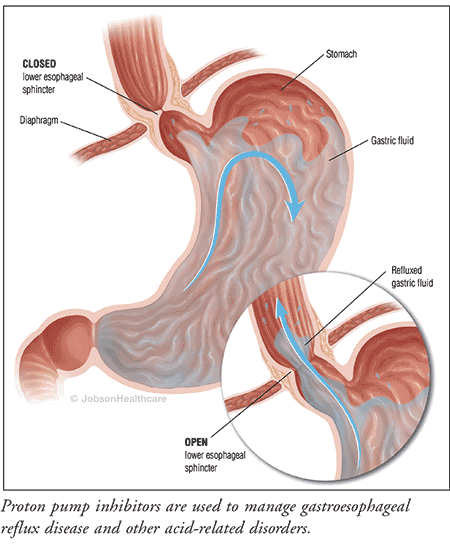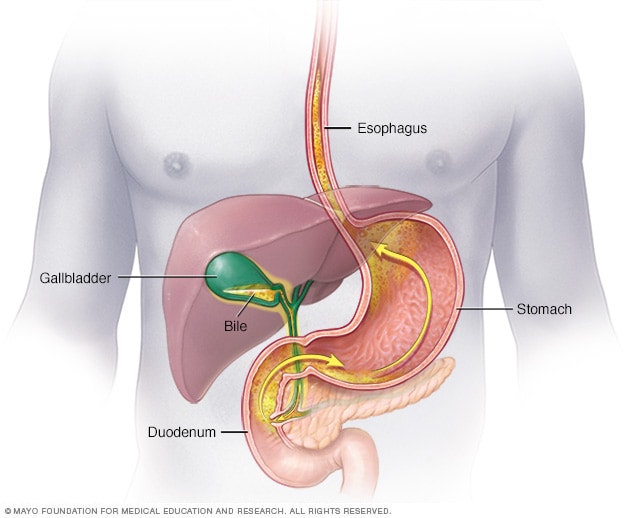


7, 8, 35- 37 Others reported de novo development or exacerbation of GERD after treatment of H. pylori in patients with or without peptic ulcer has been documented in several studies. Increased severity of GERD and its complications such as BE after successful eradication of H. pylori heals peptic ulcer and prevents its recurrence.

It is well-established that eradication of H. 34 Hence, most studies suggest a possible protective role of H. pylori infection was one of the risk factors for occurrence of GERD in another study. pylori infection rate 33 and absence of H. 32 One of the reasons for increase in prevalence of GERD in Japan in recent years is thought to be due to decrease in H. pylori was negatively associated with erosive esophagitis. 31 A study from China suggested that the prevalence of erosive esophagitis and BE was 4.3% and 1.0%, respectively and H. Data from Korea showed that prevalence of reflux esophagitis was 7.9% and majority of patients had mild grades of disease (Los Angeles classification A and B), 30 and frequency of BE was low (0.84%). Asian perspectiveĪsian data also support an inverse relationship between GERD and its complications and H. pylori infection and frequency and severity of GERD. 29 Therefore, one can assume a possible negative relation between H. pylori infection is also decreasing worldwide due to better hygiene and increasing use of antibiotics. 19, 23- 26 Furthermore, there is decline in incidence of peptic ulcer disease and distal gastric carcinoma globally but increase in GERD and its complications such as BE and esophageal adenocarcinoma (EAC). pylori infection is higher in people from developing nations such as South America, Eastern Europe, Africa, China and India 18- 22 while that of GERD and its severity is lower among them.

pylori infection is lower in people from developed countries such as North America, Western Europe and Australia 12- 14 whereas that of GERD and its complications are more frequent among them. pylori.Įpidemiological Studies Regarding the Relationship Between GERD and H. 10, 11 Supportive evidences discussed below will elucidate the possible relationship between GERD and H. pylori may protect against development of GERD or may reduce its severity, 6- 9 however, a few studies do suggest that it may aggravate GERD. pylori infection and occurrence and severity of GERD? Most studies suggest that H. What could be the relationship between H. Since GERD is also a common condition, co-existence of this disease and H. pylori) infection is common in many parts of the world. 4, 5 pH of gastric juice depends on acid secretory capacity of oxyntic or parietal cells. Esophageal acid exposure not only depends on reflux of gastric contents into esophagus and failure of esophagus to clear it by peristaltic contractions but also on pH of the refluxed gastric juice. Several factors may influence the severity of GERD. Recent reports indicate ENRD to be quite common all over the world. This condition is termed as endoscopy-negative reflux disease (ENRD). In a good proportion of patients, there is no endoscopically visible mucosal damage of esophageal mucosa in spite of symptoms of GERD and esophageal acid exposure. 1 Esophageal acid exposure in patients with GERD may be severe enough to cause endoscopically visible mucosal damage (erosive esophagitis), which is graded by Los Angeles classification, 2 peptic esophageal stricture, and Barrett's esophagus (BE). Gastroesophageal reflux disease (GERD) is a common condition, often associated with impairment in health-related quality of life.


 0 kommentar(er)
0 kommentar(er)
